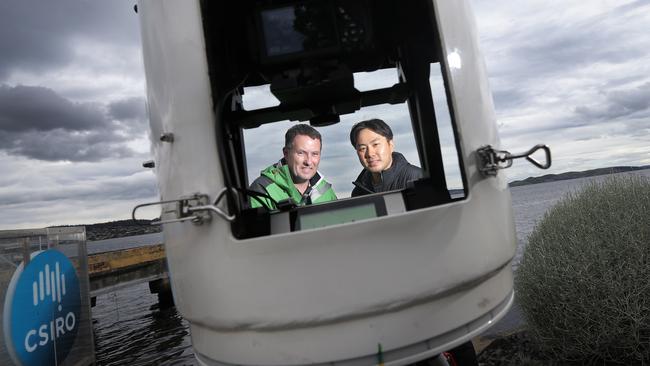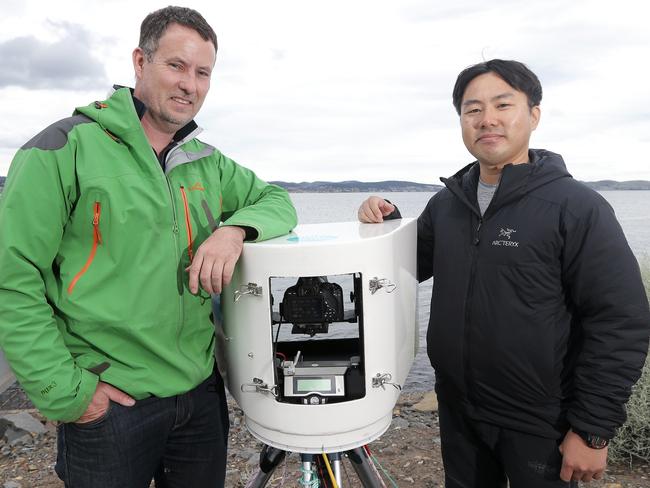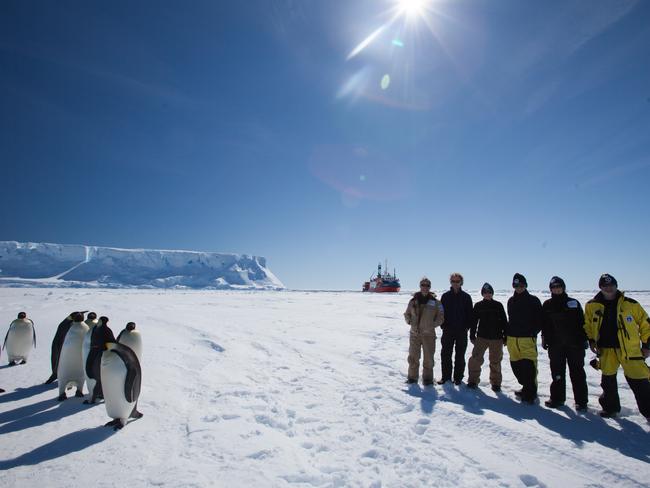Tasmanian and South Korean research team using robotic cameras to study penguin populations in Antarctica
TASMANIAN and South Korean researchers are teaming up to stage an avian edition of Big Brother in Antarctica.

TASMANIAN and South Korean researchers are teaming up to stage an avian edition of Big Brother in Antarctica.
Robotic cameras developed by CSIRO engineers in Hobart will be used to photograph entire colonies of penguins to provide researchers with unprecedented insights into the birds’ habits and their struggles, which could be linked to climate change.
CSIRO research scientist Tim Lynch will fly from Chile later this month for a 90-day deployment to Korea’s King Sejong Station on King George Island near the tip of the Antarctic Peninsula, where he will spy on chinstrap, gentoo and adelie penguin colonies.
His Korean colleague Jin Woo Jung is heading for South Korea’s new Jang Bogo Station on the other side of the Antarctic continent to monitor emperor penguins.

Dr Lynch said CSIRO had programmed the cameras and their robotic mounts to take hundreds of high-resolution photos, and then to splice the digital images together to produce a single panoramic image.
The equipment has already been used by Tasmanian researchers to check up on shy albatross colonies, now listed as vulnerable, on Albatross Island near Cape Grim.
“The advantage of this set up is that we can stand off from the colony and look at the entire colony at once,’’ Dr Lynch said.
He said researchers, when they examined the images, could use a zoom feature to get a close up look at any of the birds, as well as their nests, to find out, for example how much feed parents were giving their chicks, whether chicks had survived and the tactics used by predators.
Dr Lynch said the idea to deploy the cameras to Antarctica was hatched about two years ago at a chance meeting he had with Korean counterparts at a seabird conference in South Africa.
“We are managing a program to look at population survival,’’ he said.

Originally published as Tasmanian and South Korean research team using robotic cameras to study penguin populations in Antarctica



